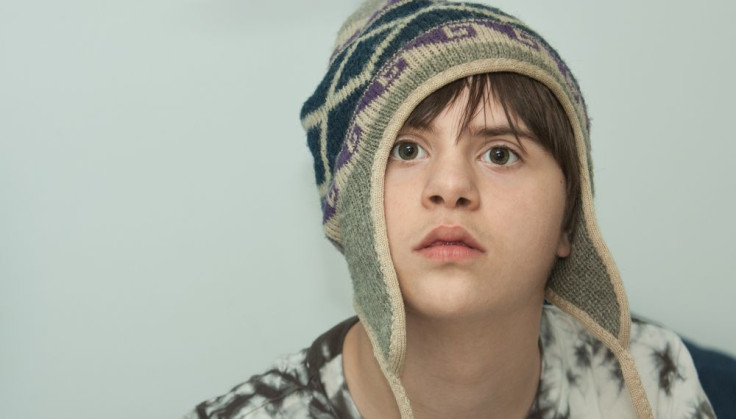Autism Risks Determined Most By Genetic Variants, Not Necessarily The Environment

The bulk of risk factors underlying autism may be based less on rare gene mutation than on common genetic variation, a new joint international study finds. Much like height, autism appears to be fundamentally genetic, with environmental factors playing a small, if undetermined role.
According to the Centers for Disease Control and Prevention, autism spectrum disorders (ASD) are increasing in prevalence. In 2000, one in 150 children had been diagnosed with an ASD. By 2010, the CDC reports, the rate had risen to one in 68. The cause for this jump is unknown, prompting researchers to investigate both environmental causes, such as BPA in plastics and air pollution, along with genetic risk factors, such as rare mutations and common variation. This is nature versus nurture writ large, and now scientists argue the real story involves one building upon the other.
“These questions about nature vs. nurture can be very confusing,” lead researcher Dr. Kathryn Roeder told Medical Daily. “The best way to think through this is to consider a simpler outcome — height.” Roughly 80 percent of the factors that determine how tall we’ll be come from the information written into our DNA. The other 20 percent, Roeder says, come from the environment. And yet, every generation gets taller, and mostly as the result of diet. Height, she says, appears to rely on key variants, which may flourish due to the environment, but ultimately uses genetics as its bedrock.
“For autism the story is not yet clear,” Roeder said. “It certainly is due to changes in diet and other environmental conditions for height.”
Roeder works as a Professor of Statistics and Computational Biology at Carnegie Mellon University. She and an international team of scientists collaborated on the recent study, which looked at roughly 3,000 subjects, including autistic individuals and a control group. Comparing the genetic information of each group, the team found about 52 percent of autism cases were the result of common genes and rarely inherited variations. Only about 2.6 percent resulted from genetic mutation. In terms of height, this 2.6 percent represents the freak seven-footer born to two parents no taller than five five. The 52 percent, meanwhile, are the kids who more or less look their parents in the eye.
Roeder is skeptical of the data that says autism’s increase is fast-moving. Diagnosis and prevalence are not the same thing. For much of the 20th century, autism wasn’t formally recognized as a disorder — if it was recognized at all. Only recently, in fact, have physicians expanded the diagnosis to include a spectrum of disorders, with severe social and linguistic impairments at one end and high-functioning Asperger’s syndrome at the other. Autism may have always been this prevalent, Roeder says. We just didn’t know it until now.
The latest study is the largest to date, the team says. Never before has a research project been able to produce statistical measure of this size. It offers newfound clarity, for instance, that while genetic mutations have a small direct impact on the number of autism cases, this tiny minority wields a huge influence. "Within a given family, the mutations could be a critical determinant that leads to the manifestation of ASD in a particular family member," said Dr. Joseph Buxbaum, the study's first author, in a press release. A gene variant that puts a family at risk could lie dormant for generations. But once a mutation occurs on top of that variant, known in genetics as “de novo” mutation (Latin for “from the beginning”), that variant goes live and autism expresses.
The best hope for future research, in this sense, is to develop a genetic “score” that families could use to determine their offspring’s risk for autism. This score would take into account the various small, but compounding effects of each gene variant and use them to complement healthy environmental choices, such as diet and exposure to pollutants.
“The punchline,” Roeder said, “is that even when genes dominate the picture, the distribution of a phenotype (say autism or height) can change over time. And this change could be due to changes in environment.”
Source: Gaugler T, Klei L, Sanders S, et al. Most genetic risk for autism resides with common variation. Nature Genetics. 2014.



























